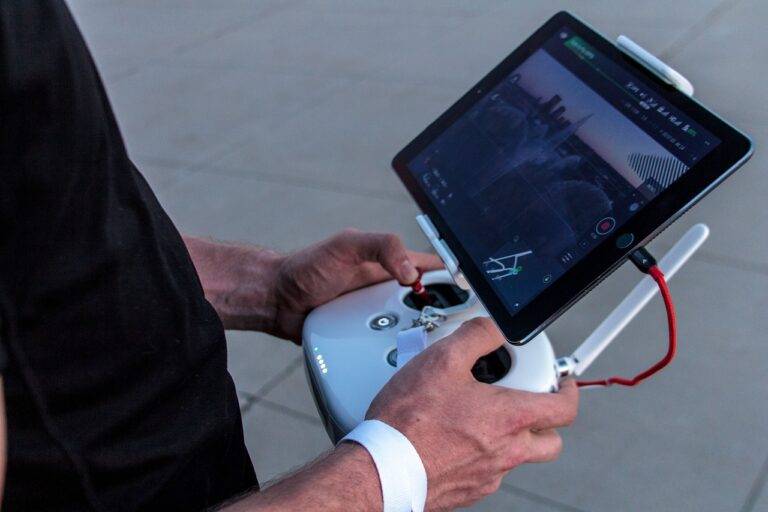The Role of Tech in Disaster Risk Assessment and Management
Disaster risk assessment and management are crucial components in enhancing the resilience of communities and reducing the impact of disasters. By systematically identifying potential hazards, vulnerabilities, and exposure, stakeholders can develop effective strategies to mitigate risks and enhance preparedness. Through the evaluation of risks, decision-makers can prioritize resources and interventions to build the capacity of communities to better withstand and recover from disasters.
Effective disaster risk management involves a multi-disciplinary approach that integrates scientific knowledge, local expertise, and community participation. By promoting a culture of risk awareness and preparedness, stakeholders can foster sustainable development practices that minimize the adverse impact of disasters on lives and livelihoods. Proactive measures such as land-use planning, early warning systems, and capacity-building initiatives can significantly enhance the resilience of communities in the face of natural or man-made hazards.
Understanding the Impact of Disasters on Communities
Communities affected by disasters often face a multitude of challenges in the aftermath. The destruction of infrastructure, homes, and livelihoods can leave residents vulnerable and struggling to cope with the immediate impact. The loss of access to critical services such as healthcare, clean water, and electricity can further exacerbate the difficulties faced by community members, leading to increased suffering and hardship.
Disasters also have a significant psychological impact on communities, causing stress, anxiety, and trauma among those affected. The fear and uncertainty that accompany disasters can linger long after the event has passed, affecting the mental health and well-being of individuals within the community. The disruption of social networks and support systems can further isolate community members, making it difficult for them to rebuild and recover from the disaster’s effects.
• Disasters can lead to destruction of infrastructure, homes, and livelihoods
• Loss of access to critical services such as healthcare, clean water, and electricity
• Psychological impact causing stress, anxiety, and trauma among affected individuals
• Fear and uncertainty lingering long after the disaster has passed
• Disruption of social networks and support systems leading to isolation
Benefits of Technology in Disaster Risk Assessment
Technology plays a crucial role in improving the efficiency and accuracy of disaster risk assessment. By using various technological tools such as remote sensing, Geographic Information Systems (GIS), and big data analytics, researchers and disaster management professionals can gather real-time data, assess risks, and make informed decisions more quickly than ever before. These advancements enable better prediction of potential disasters, allowing for proactive measures to be taken to minimize their impact on communities.
Furthermore, technology enables the simulation and modeling of different disaster scenarios, helping experts to strategize and plan responses effectively. Through the use of advanced software programs and algorithms, risk assessment can be conducted with higher precision, aiding in the identification of vulnerable areas and populations. The integration of technology in disaster risk assessment not only enhances the overall preparedness and resilience of communities but also facilitates swift recovery and rehabilitation efforts post-disaster.
What is disaster risk assessment?
Disaster risk assessment is the process of evaluating the potential risks and vulnerabilities that a community faces in the event of a disaster.
How does technology aid in disaster risk assessment?
Technology aids in disaster risk assessment by providing real-time data collection, analysis, and visualization tools to better understand and predict disaster risks.
What are some benefits of using technology in disaster risk assessment?
Some benefits of using technology in disaster risk assessment include improved accuracy and efficiency in data collection, better decision-making capabilities, and enhanced communication and coordination among stakeholders.
How does technology help in understanding the impact of disasters on communities?
Technology helps in understanding the impact of disasters on communities by enabling better mapping and visualization of affected areas, assessing damage and loss more quickly and accurately, and facilitating timely response and recovery efforts.
Can technology help in mitigating disaster risks?
Yes, technology can help in mitigating disaster risks by providing early warning systems, predictive modeling tools, and risk communication platforms to help communities prepare for and respond to disasters more effectively.





